Wood Fillers
Wood fillers are nothing short of a magic potion for anyone passionate about woodworking or simply looking to make some swift repairs around the house. These versatile substances, aptly named wood fillers, can conveniently hide scratches, dings, or even more extensive damage in wooden surfaces, making them look as good as new. Whether you're restoring a cherished piece of furniture, fixing up skirting boards, or giving a new lease of life to a well-loved hardwood floor, wood fillers are your go-to solution. The beauty of wood fillers lies in their ease of use and effectiveness. They come in various forms, including water-based and solvent-based options, catering to different types of repairs and finishes. You choose the filler that best matches your wooden surface, apply it to the imperfection, and after a short drying period, you're ready to sand it down to a smooth finish. The patched area can then be painted, stained, or varnished to seamlessly blend with the rest of the wood. Wood fillers are also fantastic for DIY enthusiasts looking to experiment with their creative ideas or carry out minor adjustments without the hassle of extensive carpentry work. Their ability to blend in and mimic the natural patterns of wood makes them an invaluable asset for any repair or renovation project, ensuring that the charm and character of wooden surfaces are preserved without compromising on aesthetics. In essence, wood fillers are an indispensable tool in the kit of anyone who works with wood, be it for professional purposes or personal projects. They not only save time and money but also empower you to maintain the integrity and beauty of wooden items with ease.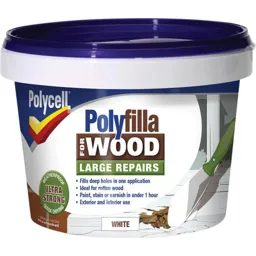
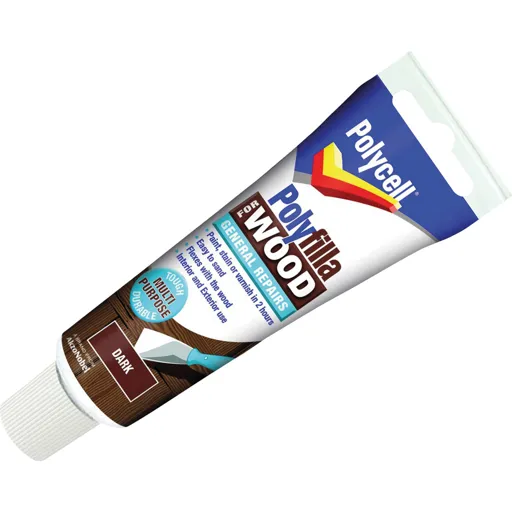
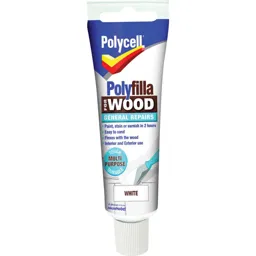

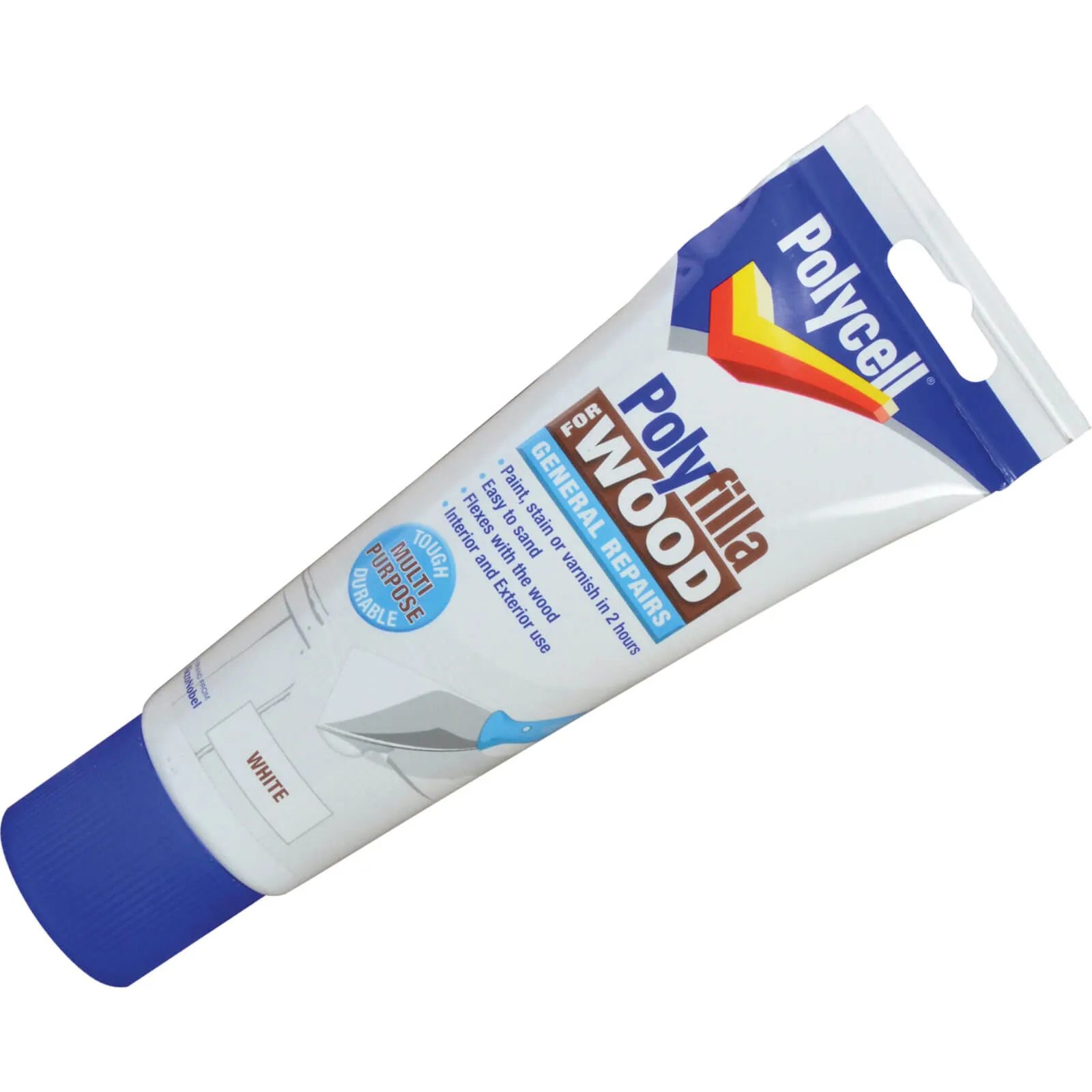
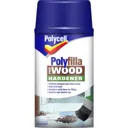
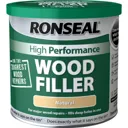

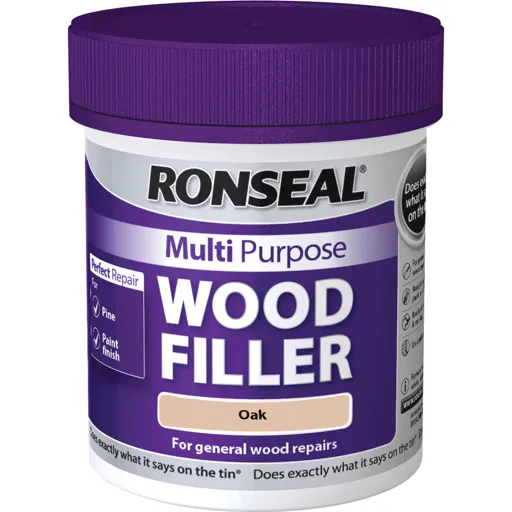
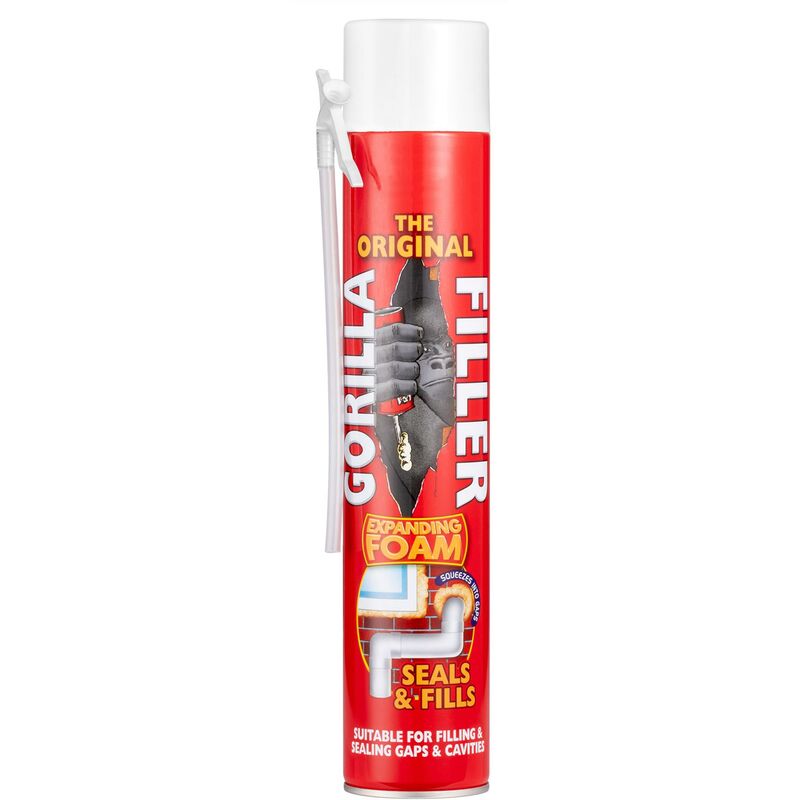
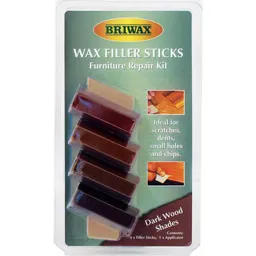
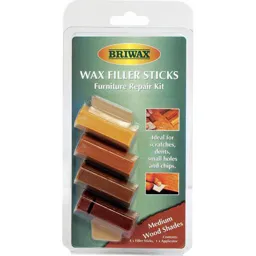
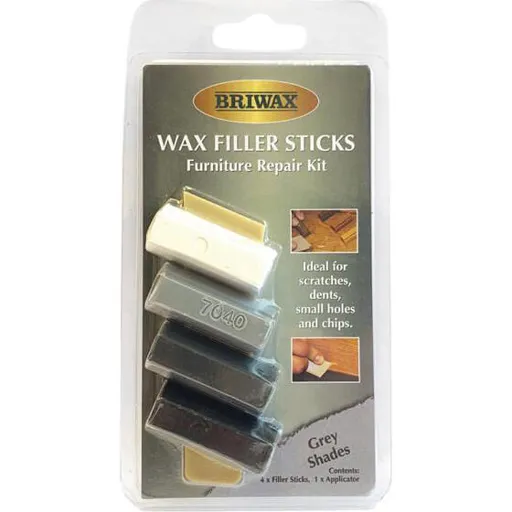
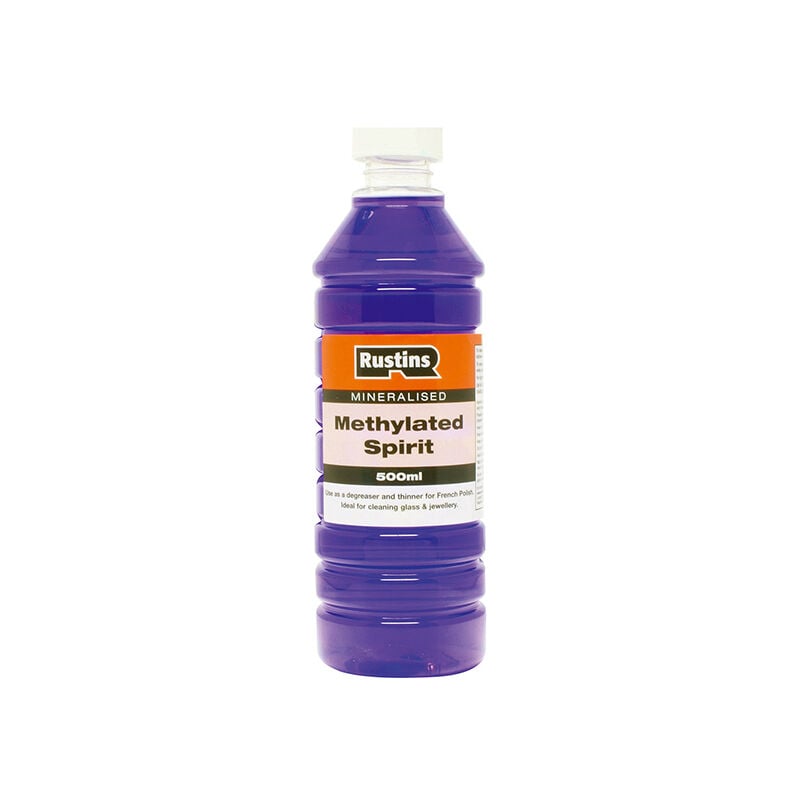
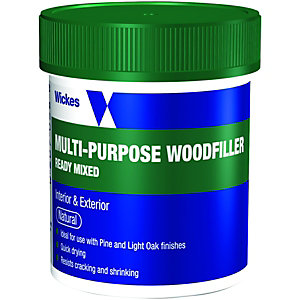
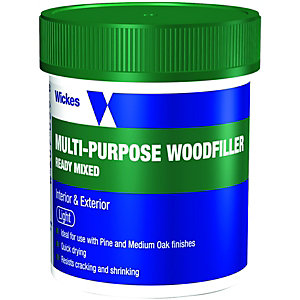
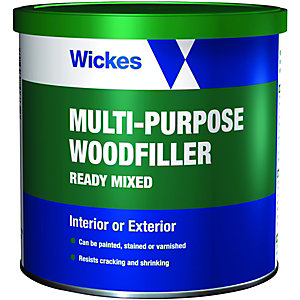
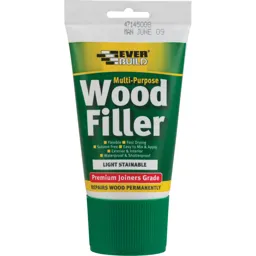
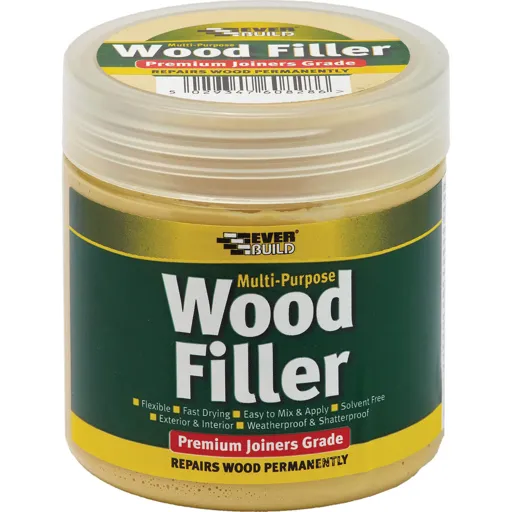

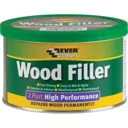



What type of filler is best for wood?
The best type of filler for wood largely depends on the specific application and the characteristics you need. A water-based wood filler is often a popular choice for general wood repair and filling small cracks or holes. It's easy to work with, dries relatively quickly, and can be sanded smoothly. An epoxy wood filler is a durable option for outdoor projects or areas prone to moisture exposure, as it's resistant to water and weathering. When dealing with large gaps or voids, you might opt for a wood filler that contains actual wood fibres for a more natural appearance. Ultimately, the choice of wood filler depends on your project's requirements and personal preferences.
How long does wood filler take to dry?
Wood filler typically takes 15 minutes to 2 hours to dry, depending on various factors. The drying time of wood filler varies based on its type and brand due to the different drying rates of different formulations. Temperature and humidity levels in your environment also play a significant role; higher temperatures and lower humidity can speed up the drying process. Following the manufacturer's instructions on the product you're using is essential for the most accurate drying time estimate. Once the filler is completely dry, you can sand it to achieve a smooth finish and proceed with your woodworking or finishing project.
When should you not use wood filler?
While wood filler is a versatile tool for many woodworking projects, there are situations when it's best to avoid using it:
- Structural Repairs: Wood filler is unsuitable for fixing major structural issues, such as load-bearing beams or joists. In such cases, it's essential to address the root cause of the problem and replace or reinforce the damaged wood.
- Wet or Rotting Wood: Do not use wood filler on wet or rotting wood. It won't adhere well and will likely fail over time. First, address the moisture or rot issue and consider repairs or replacements.
- Large Gaps or Voids: Filling large gaps or voids with wood filler can be inefficient and may not provide a lasting solution. Instead, use a piece of wood or other structural components to bridge the gap.
- High-Stress Areas: Wood filler may not hold up well in places with a lot of stress or pressure, like on joints or areas subject to frequent movement. Reinforcement with proper joinery techniques is a better choice.
- Excessive Paint or Finish: Avoid using wood filler on surfaces with thick layers of paint or finish. It may not bond properly and could result in a poor finish. Sanding or stripping the surface may be necessary first.
How big of a gap can wood filler fill?
The size of a gap that wood fillers can effectively fill depends on the type of wood filler and the manufacturer's recommendations. Wood fillers are best suited for filling small to moderate-sized gaps and imperfections. Here are some guidelines:
Small Gaps:Most wood fillers work well for gaps up to 1/8 inch (3 mm) in width. These can include nail holes, minor cracks, and small surface imperfections.
Moderate Gaps:Some wood fillers are designed to handle gaps up to 1/4 inch (6 mm). These are suitable for slightly larger imperfections and shallow voids.
Significant Gaps:Filling larger gaps, such as those exceeding 1/4 inch, is not recommended with standard wood fillers. In such cases, it's better to use structural solutions like wooden shims, dowels, or even replacement wood pieces.
Deep Gaps:For deep voids or gaps extending beyond the depth typical wood fillers can effectively fill, consider layering the filler, allowing each layer to dry before adding more. This may require multiple applications.
Can you use wood filler without sanding?
Wood filler without sanding is generally not recommended for achieving a smooth and aesthetically pleasing finish. Sanding is a crucial step in the wood filler application process for several reasons:
- Smoothing the Surface: Sanding helps level the wood filler with the surrounding wood, creating a seamless and flush surface. Without sanding, the filler may leave an uneven or raised area.
- Enhancing Adhesion: Sanding the wood before applying filler roughens the surface, allowing the filler to adhere better. This ensures a stronger bond between the filler and the wood.
- Preparing for Finish: If you plan to paint or stain the wood after filling, sanding helps create a smooth and uniform surface for the finish to adhere to, resulting in a more professional look.
- Removing Excess Filler: Sanding also helps remove excess filler and prevents it from smearing or clumping, especially in larger voids.